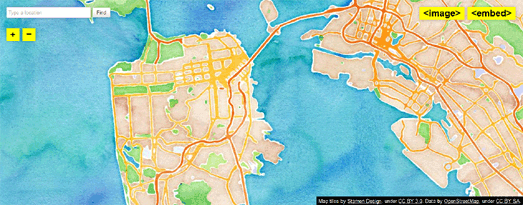Posts
Showing posts from September, 2013
How to Double the World's Food Production
- Get link
- X
- Other Apps
Create a Beautiful Google Map Travel Blog
- Get link
- X
- Other Apps
The United Kingdom of Minecraft - Updated
- Get link
- X
- Other Apps
Reporting the Invasion of the Triffids
- Get link
- X
- Other Apps
The Higgs Boson is Found on Street View
- Get link
- X
- Other Apps
30 Billion Possible Life Bearing Planets
- Get link
- X
- Other Apps
Mapping the New York Mayoral Primaries
- Get link
- X
- Other Apps

























